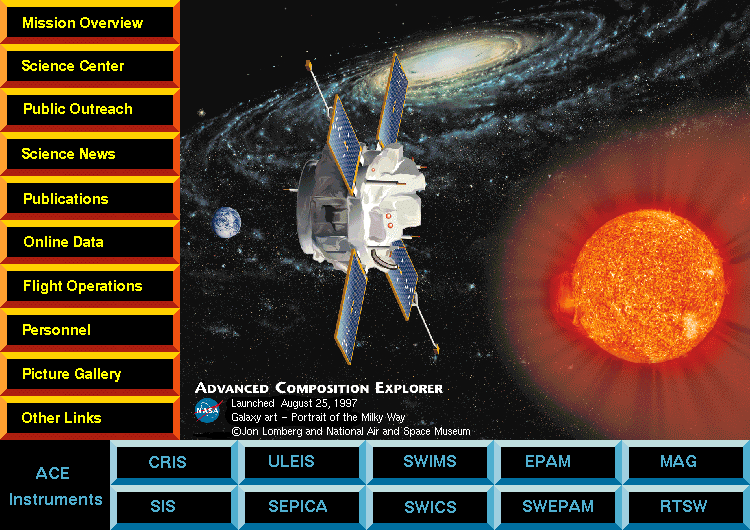Washington: The Advanced Composition Explorer, or ACE satellite, floating 1.5 million km above the Earth, can warn us up to an hour before a large-magnitude solar storm or coronal mass ejection (CME) strikes our technology-dependent world, says a researcher.

“Depending on the speed of a CME, the ACE satellite can provide 20-60 minutes of warning before impact, enough to allow spacewalking astronauts to return to the relative safety of their spacecraft or to warn power grid operators that their systems may soon be overloaded,” adds Young, according to a NASA statement.
The largest ever solar storm, known as the Carrington Event, disrupted the telegraph system in 1859. Today, a CME of that magnitude could cause a widespread breakdown of our technologies.
CMEs occur when the sun’s magnetic field becomes so entangled that it “snaps”, releasing an enormous amount of energy. An array of satellites and ground-based observatories stare at the sun 24 hours a day, monitoring the skies for such events.
Researchers at the Purdue University are working on a way to predict solar activity half a day before it happens — not by monitoring the sun, but by observing something on earth: the rate at which radioactive elements decay.
The opinions, beliefs and viewpoints expressed by authors, news service providers on this page do not necessarily reflect the opinions, beliefs and viewpoints of Hill Post. Any views or opinions are not intended to malign any religion, ethnic group, club, organization, company, or individual.
Hill Post makes no representations as to the accuracy or completeness of any information on this site page.



